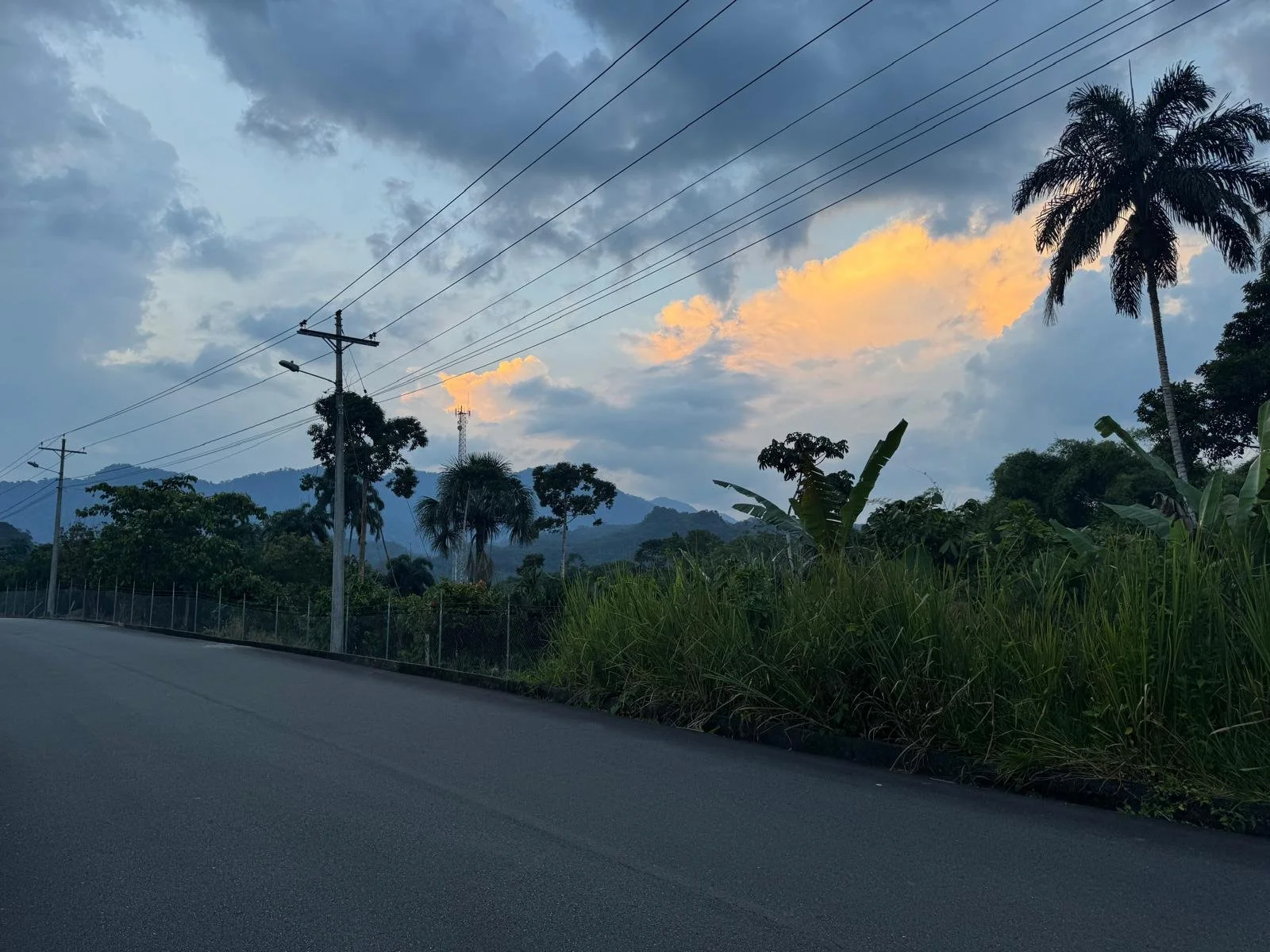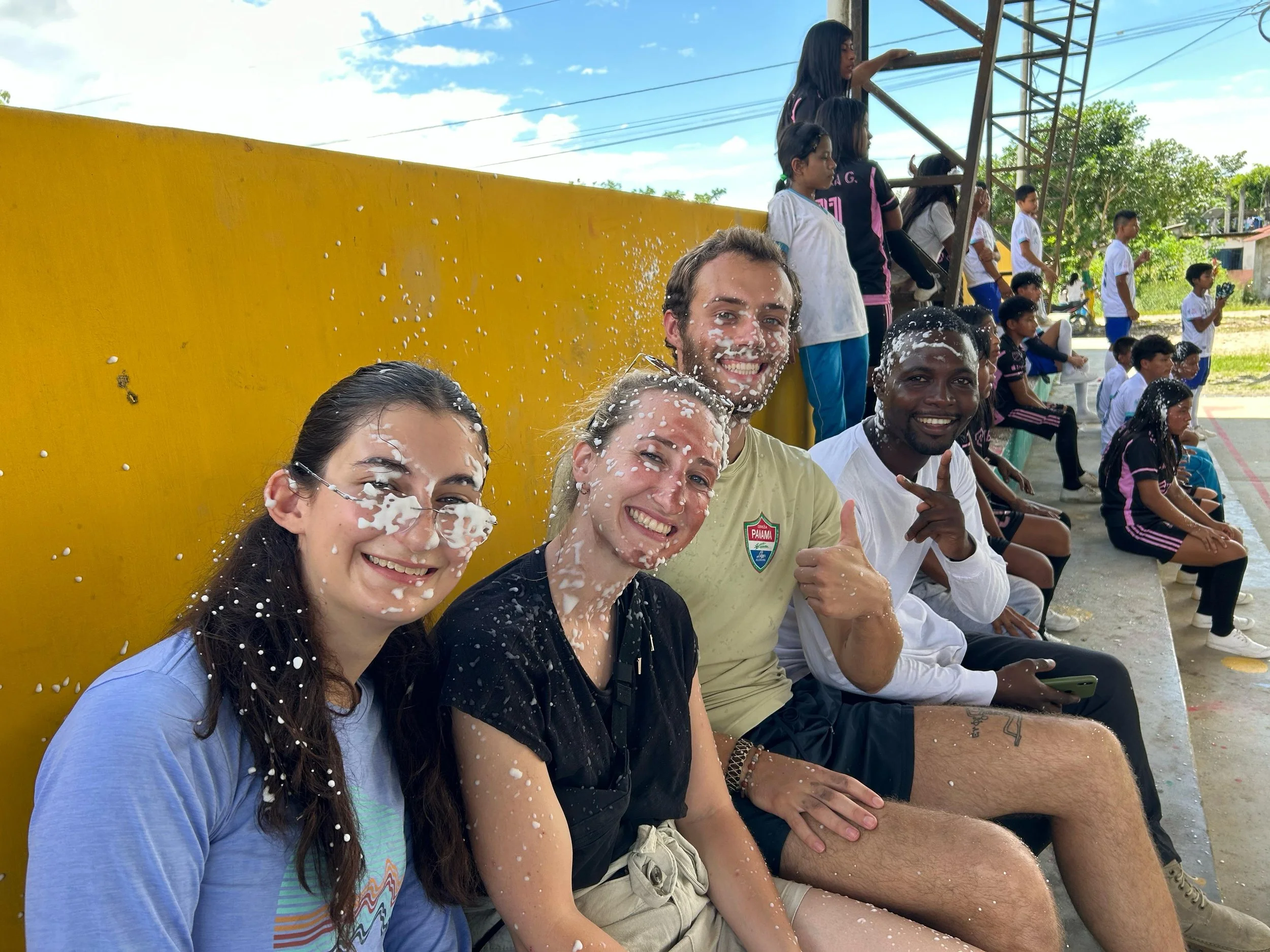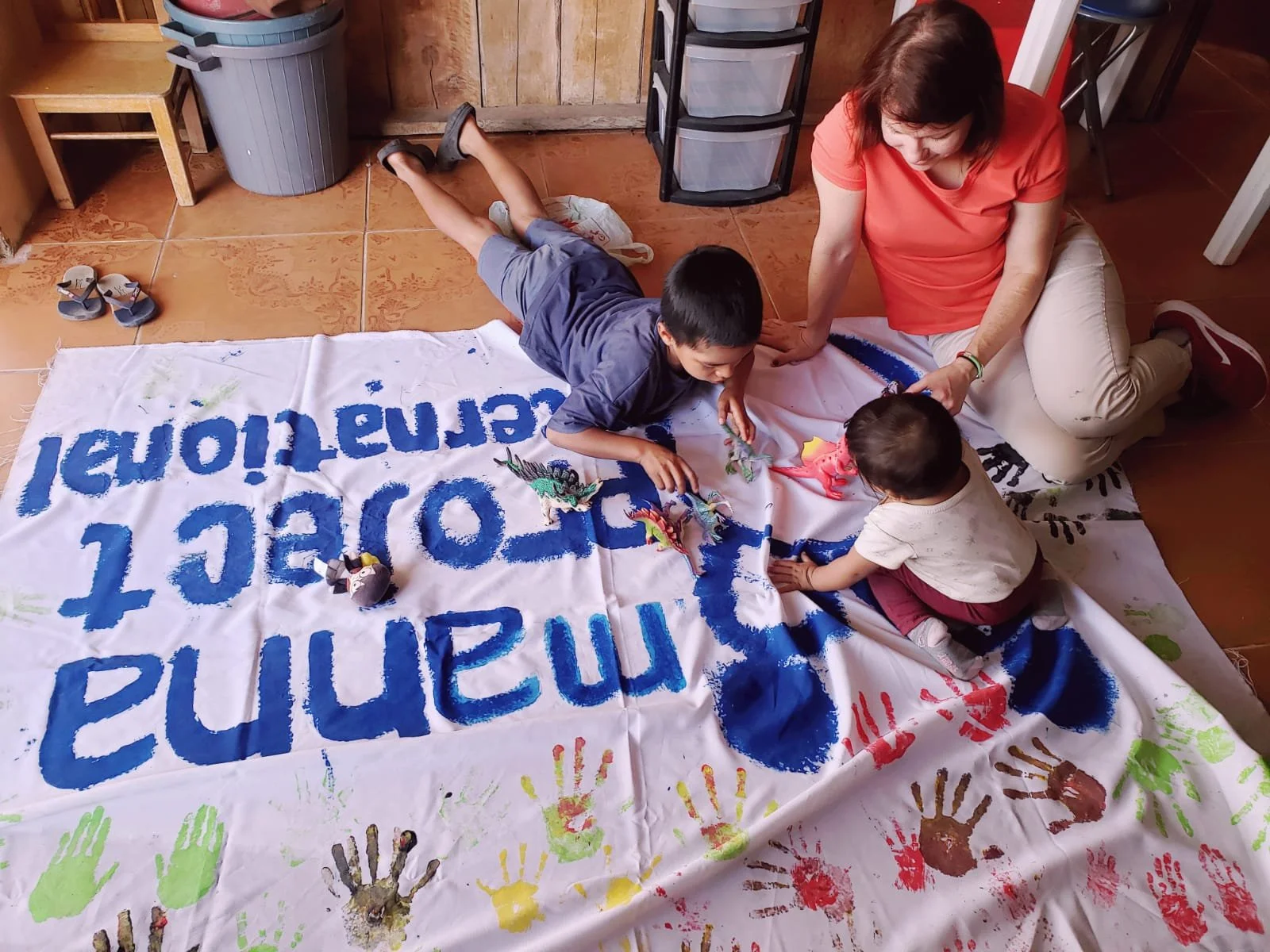By: Ivana Lakov, Virtual Intern ‘25
Spanning 6.7 million square kilometres and accounting for over a third of tropical rainforests, the Amazon rainforest truly is an ecological wonder. The forest hosts 10% of all known wildlife species and over 20% of known plants, with a new species being discovered approximately every other day. Ecuador alone, despite containing only 1-2% of the Amazon, hosts about a fifth of the different plant species found in the total rainforest!
It’s no surprise that the Amazon rainforest is the major source of life for everyone around it, including people. Much of the diverse flora found in the rainforest is a cornerstone of natural medicine, and many native plants are harvested in the wild or grown in farms. With as much as a third of Ecuadorians working in the agriculture sector, agroforestry (and other kinds of sustainable farming) is often the backbone of local economies. The Amazon is also a major contributor to ecotourism, which provides seasonal revenue for locals and gives visitors the opportunity to experience the Amazon in a low-impact way.
Unfortunately, everything the Amazon rainforest sustains - nature, people, and most of all the local economy - is under threat. In recent years, mining, both legal and not, has caused more than 1.4 million hectares of deforestation throughout the Amazon, much of it taking place in indigenous lands. Traditionally, mining has mostly been an issue in the Brazilian part of the rainforest, causing up to 10% of total deforestation; in recent years, it’s spread to other parts of the Amazon, including Ecuador.
Mining, particularly illegal mining, has the potential to destroy the Amazon, with effects that extend far beyond the extraction site. Air pollution is common, as well as contamination of land and water. These effects - combined with the deforestation inevitably accompanying mining sites - mean devastation for the local economy. Extensive contamination means that people can no longer rely on the Amazon’s biological resources for any kind of work. Mining can severely limit farming possibilities, as pollution, loss of biodiversity, and depletion of viable land all make for a much more difficult environment. These effects also ruin any ecotourism opportunities in affected areas through its destruction of the natural environment.
Altogether, these consequences have derailed the economies of countless Ecuadorian communities, forcing many people to look for other sources of profit. It’s often necessary for people to join environmentally destructive industries such as petroleum extraction, monocultural farming, or mining itself. These industries, in turn, continue the cycle of damaging economies elsewhere, causing even more destruction to the environment, livelihoods- and also local culture.
Alongside flora and fauna, the Amazon is home to 1.5 million indigenous people and nearly 400 groups across the nine countries it covers. This includes over 300,000 indigenous people in Ecuador, made up of 14 nationalities and more than 20 languages.
The Amazon has always been intrinsically linked to Ecuadorian culture and traditional practices. For example, chakras, a type of small-scale farm, are traditionally used by Ecuador’s Kichwa people and contribute to general agroforestry methods in the Amazon. Chakras promote biodiversity and allow for economic freedom for locals, as their owners can make a profit selling crops. Foods grown on these farms, like yucca and plantains, are staples, in addition to wildlife used in hunting and fishing. But because of pollution and shrinking ecosystems, Indigenous societies are in decline. Mining and deforestation are some of the biggest threats to these traditional lifestyles.
Luckily, Manna Project is facing these problems head-on. Beginning in January 2025, the RAÍZ (Regeneración Agrícola e Innovación en Zonas Rurales) program aims to support the Amazonian Shandia community through environmental preservation and sustainable agricultural practices, both traditional and modern. The program’s initiatives are implemented through hands-on trainings and workshops, with goals like crop diversification and climate resilience.
Volunteer work on chakras is another significant aspect of Manna Project’s work in the Shandia community, tying into RAÍZ’s ambitions of sustainable economic opportunity within Ecuadorian villages. In 2025, RAÍZ will include 30 farmers - impacting up to 150 people - in its program, while chakra work and other programs are ongoing. Other projects help preserve ecotourism in Shandia through trail maintenance and restoration.
There is no denying that Ecuador faces a difficult task in reclaiming its local economies from harmful industry. But Manna Project International’s initiatives - through their development of environmentally responsible self-sufficiency - can make the challenge that much less daunting.






























